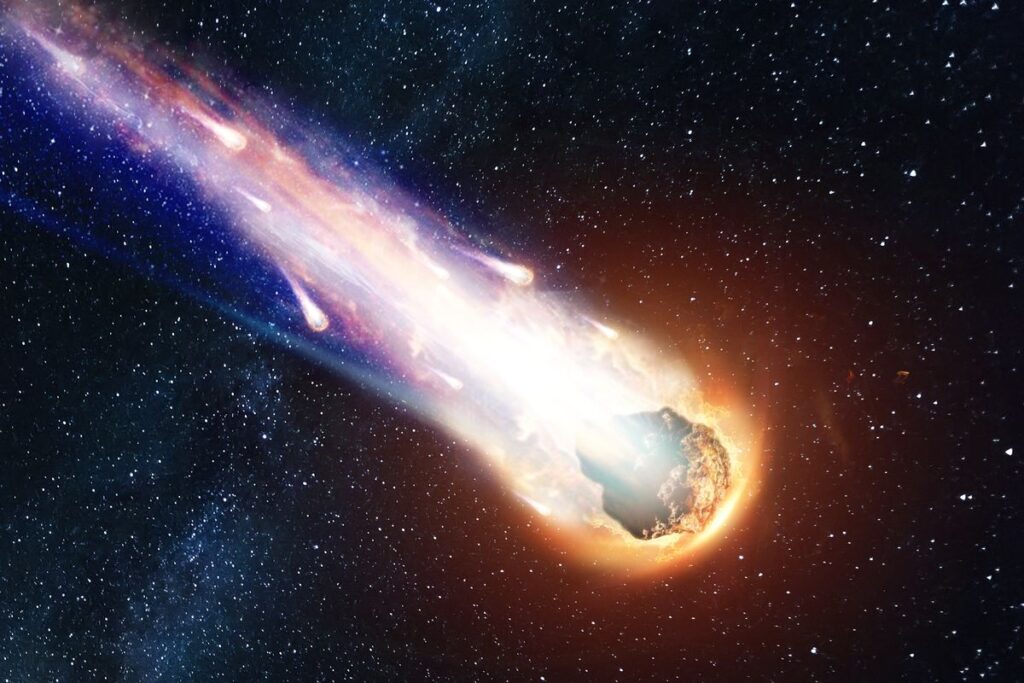
NASA announced the discovery of interstellar comet 3I/ATLAS on July 1, 2025, marking only the third known interstellar object to pass through our solar system. The discovery has sparked both excitement and speculation — could this cosmic visitor actually be a piece of alien technology?
While NASA confirmed that the comet poses no threat to Earth, scientists worldwide are studying it closely as it makes its closest approach to the Sun between October 29–30, hoping to uncover clues about its mysterious origin.
Among them, Harvard astrophysicist Avi Loeb — known for his bold theories about extraterrestrial life — has proposed that 3I/ATLAS might not be a naturally occurring object. Here are seven reasons fueling that speculation.
1. Unusual Chemical Composition
The comet emits a nickel-rich plume of about four grams per second — with no sign of iron. Since nickel and iron are typically found together in comets, this anomaly has intrigued researchers.
2. Presence of Nickel Tetracarbonyl
Scientists detected nickel tetracarbonyl, a compound commonly associated with industrial processes on Earth. Loeb suggests this could hint at engineered or artificial materials.
3. Strange Anti-Solar Tail
Initially, 3I/ATLAS displayed an anti-tail pointing toward the Sun — a highly unusual feature. Later, it reversed direction to face away from the Sun, leading Loeb to question whether this behavior could suggest controlled maneuvering.
4. Mysterious Trajectory
The comet’s hyperbolic trajectory indicates it’s not bound to the Sun’s gravity, confirming its interstellar origin. Its unusual speed and path add to the mystery surrounding its true nature.
5. Absence of Rocky Material
Loeb argues that finding such a large, non-rocky object in interstellar space is highly unlikely — unless it was constructed or engineered.
6. Massive Size and Speed
At nearly 12 miles wide and traveling over 130,000 mph (58 km/s), 3I/ATLAS is unusually large and fast compared to known interstellar objects. These extreme characteristics have raised more eyebrows among scientists.
7. Engineered Material Signature
The comet’s emission patterns and composition resemble industrial metal-refining materials, strengthening the hypothesis that it could be artificial in origin.
What’s Next for Comet 3I/ATLAS?
As 3I/ATLAS reaches its closest approach to the Sun, scientists hope to collect valuable data that might explain its chemical makeup, trajectory, and possible artificial traits. Missions such as NASA’s Psyche and ESA’s JUICE will continue observing the comet, potentially unlocking secrets about both interstellar visitors and the origins of our own solar system.



